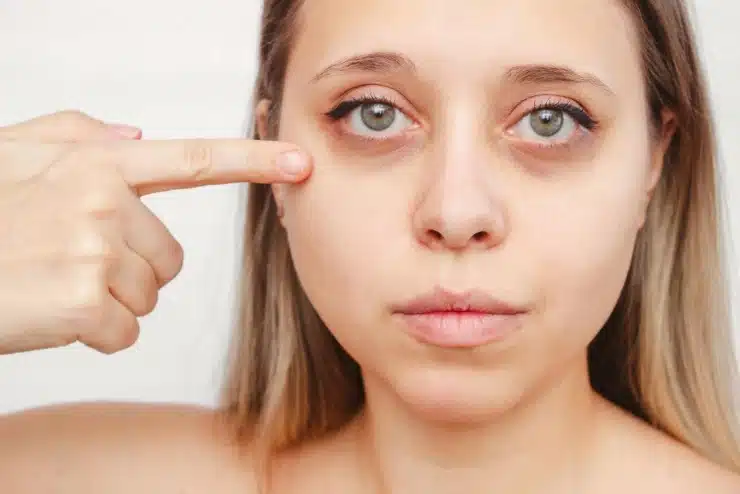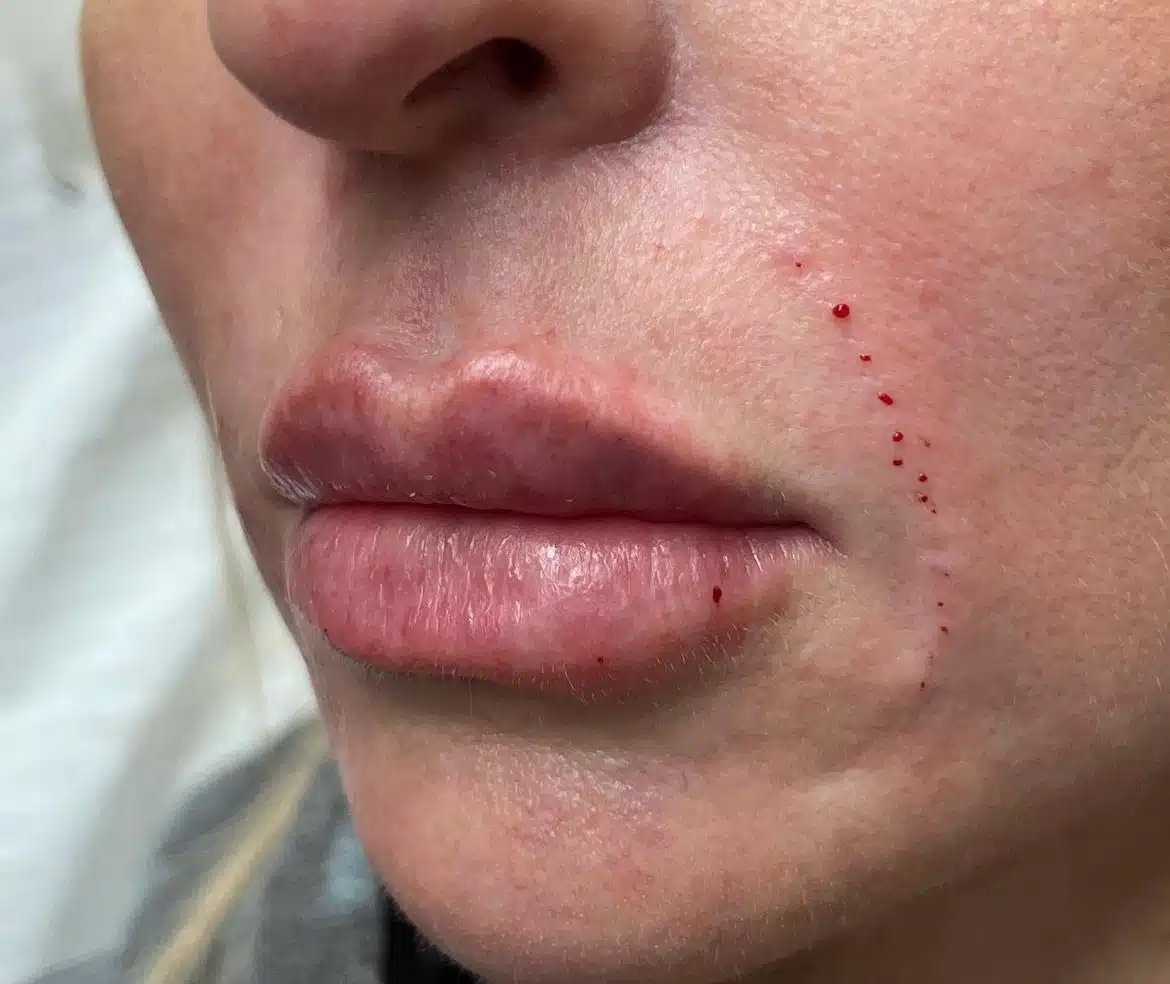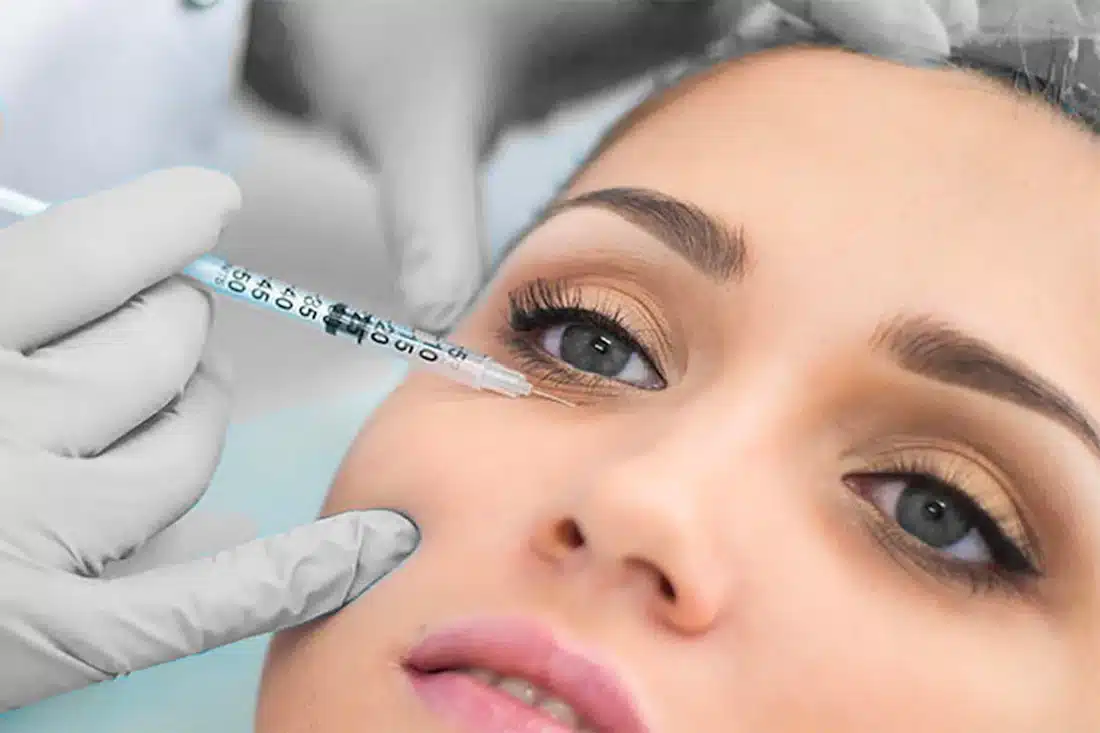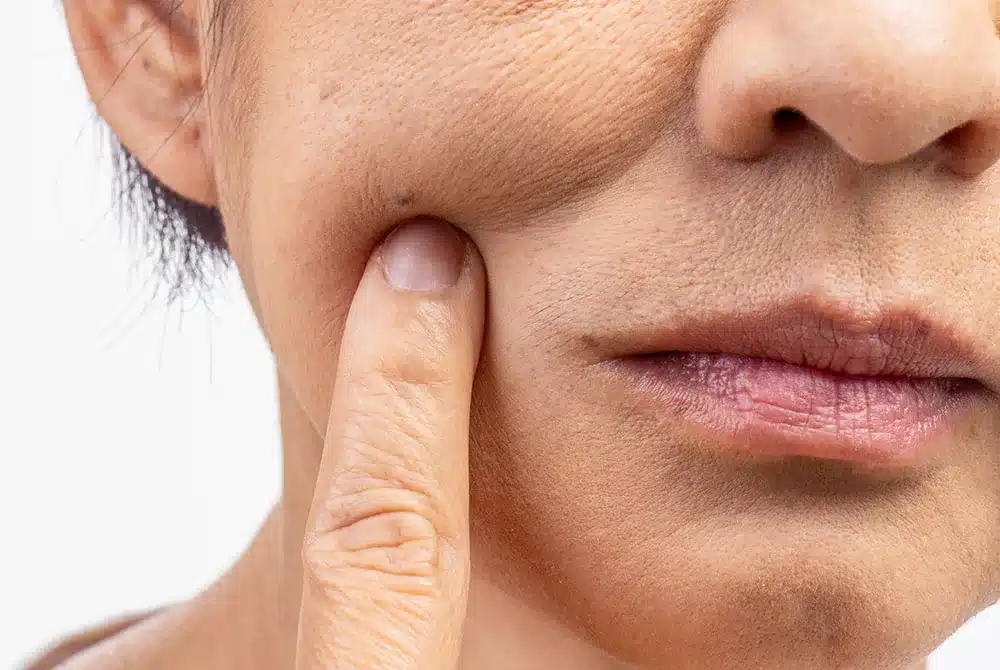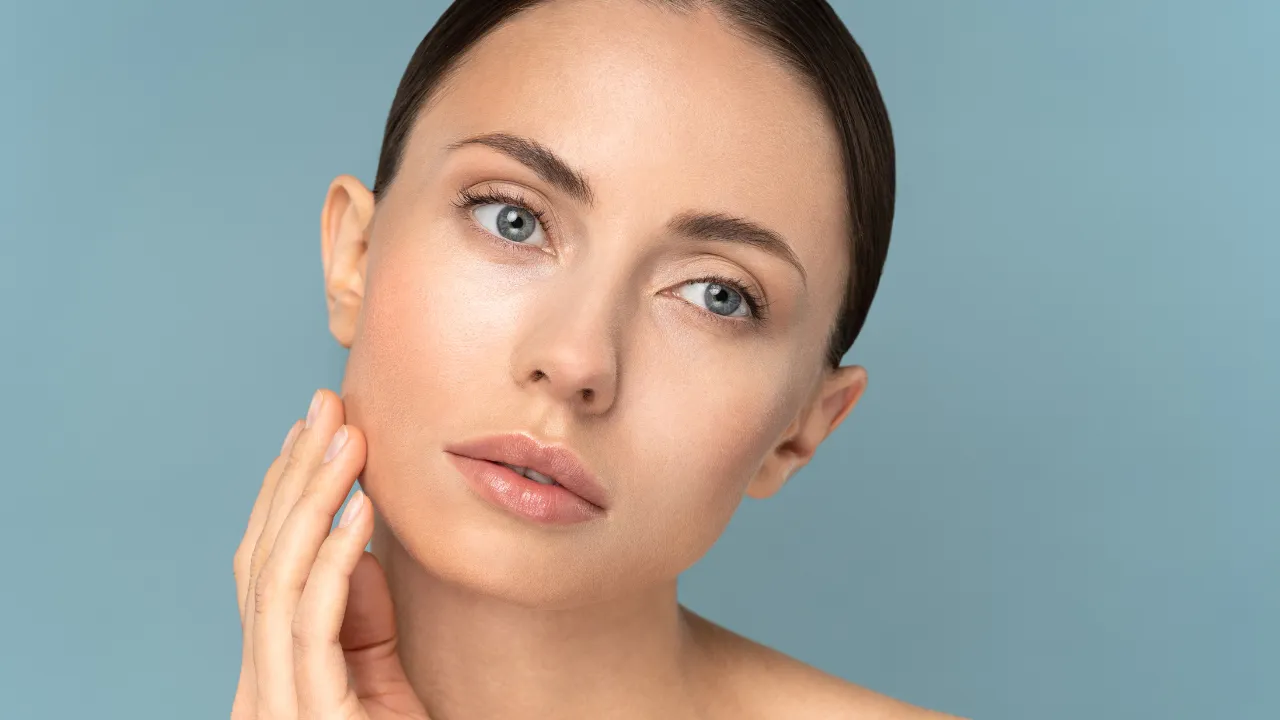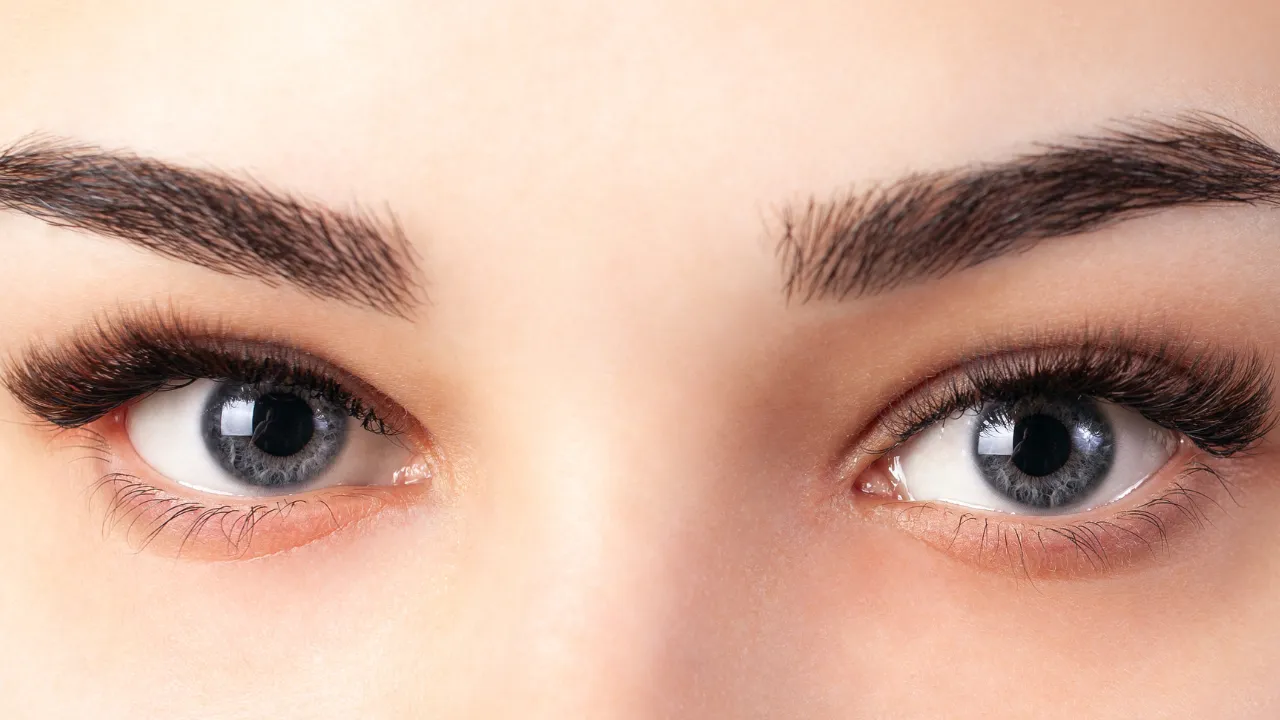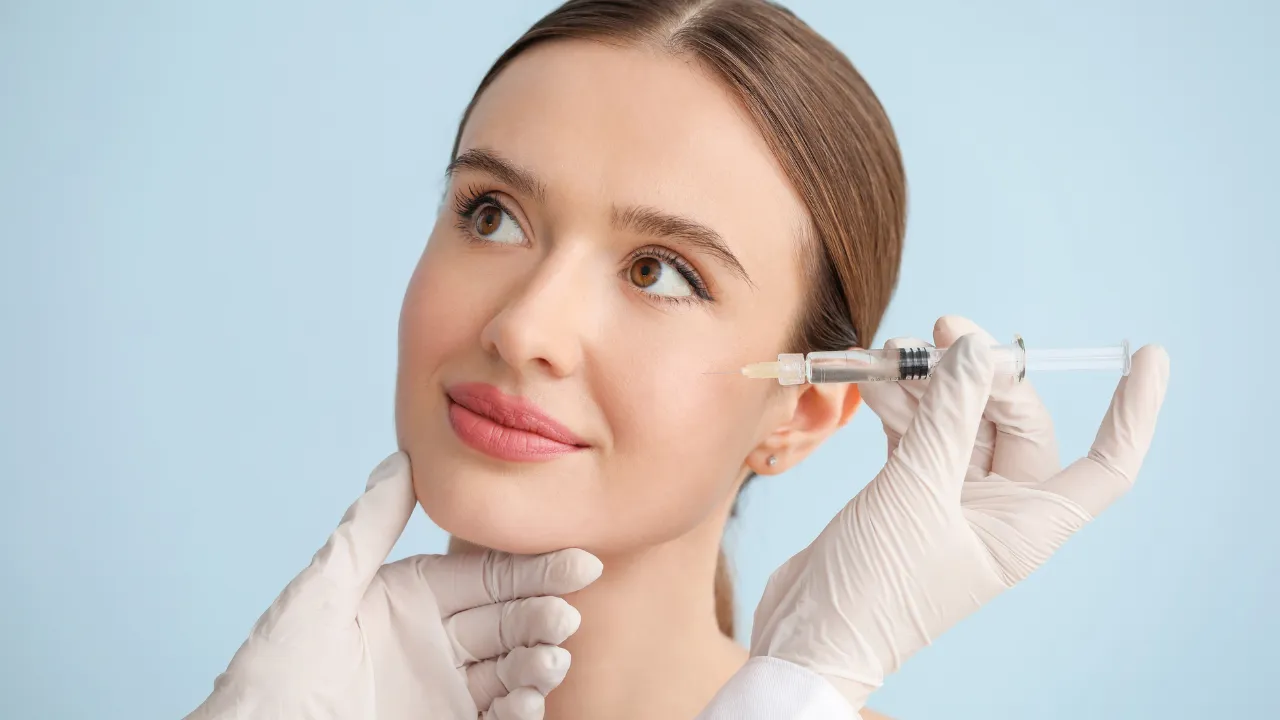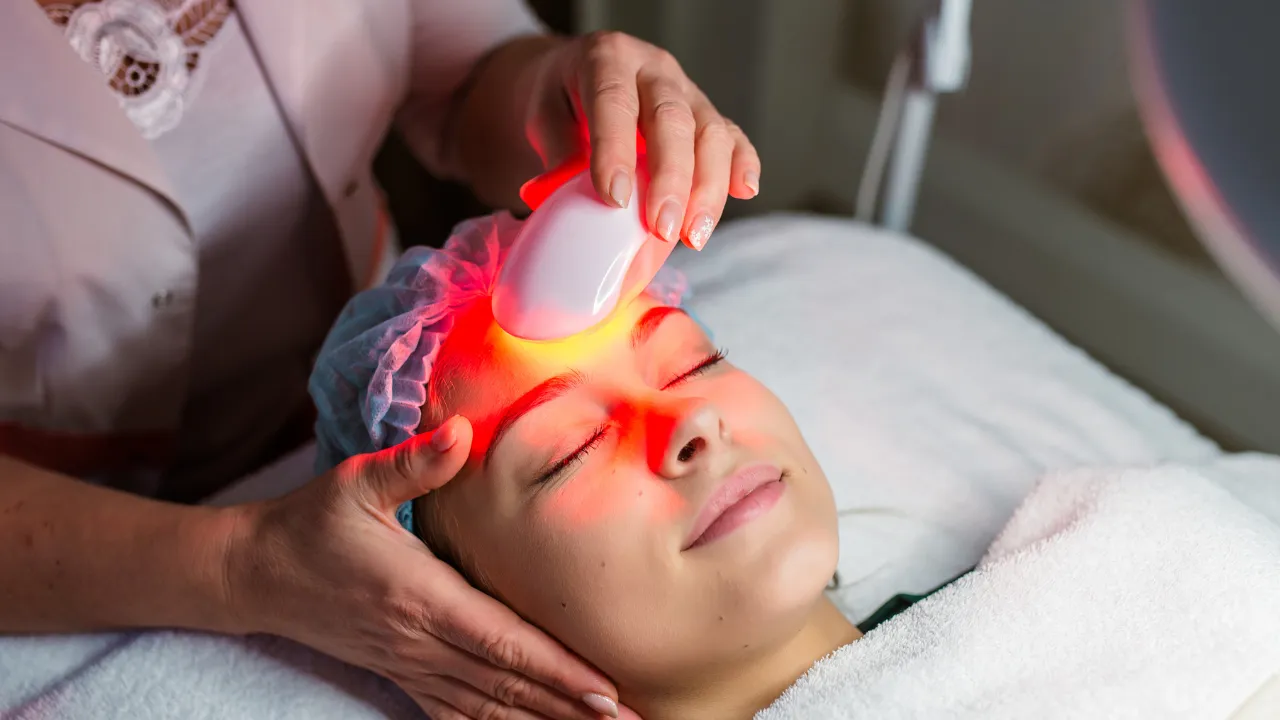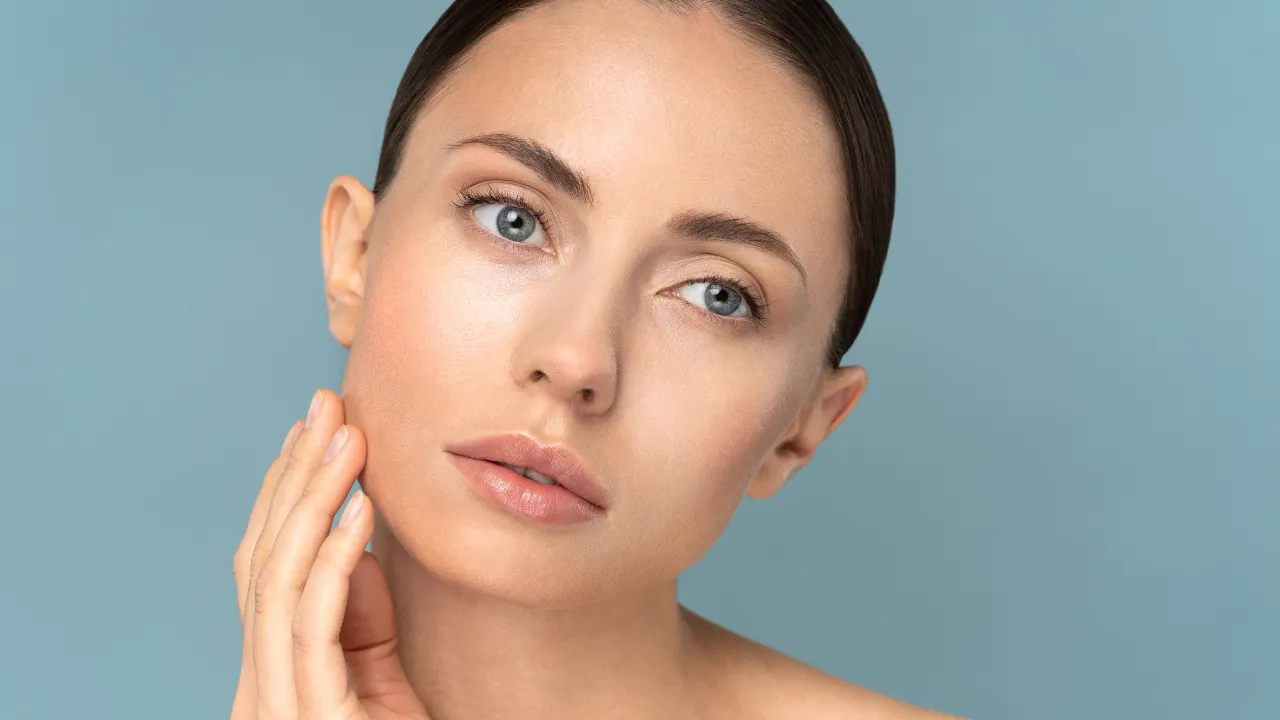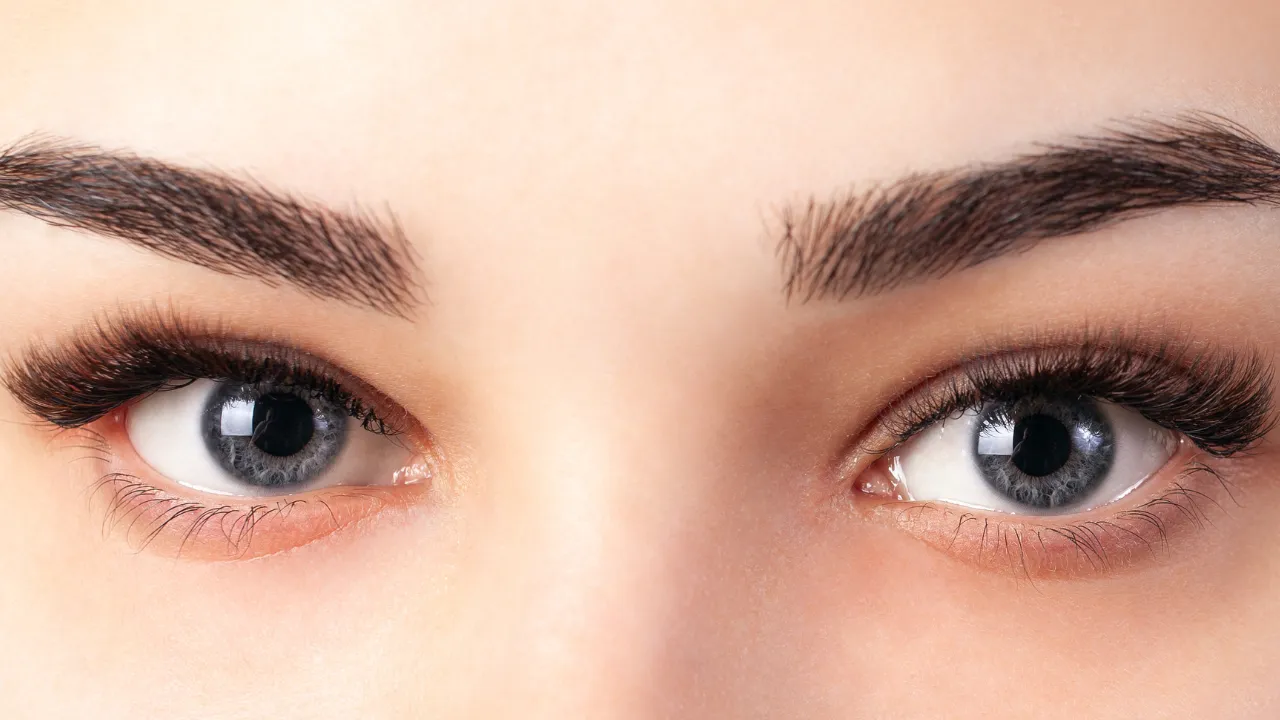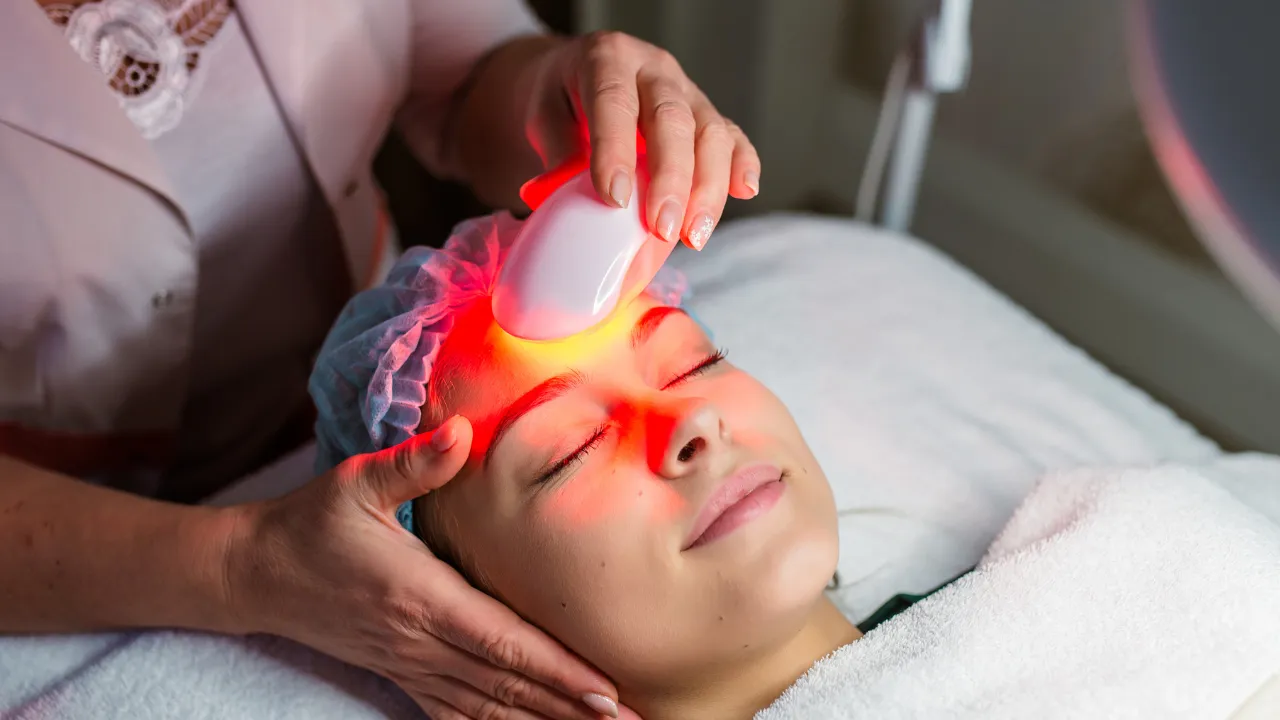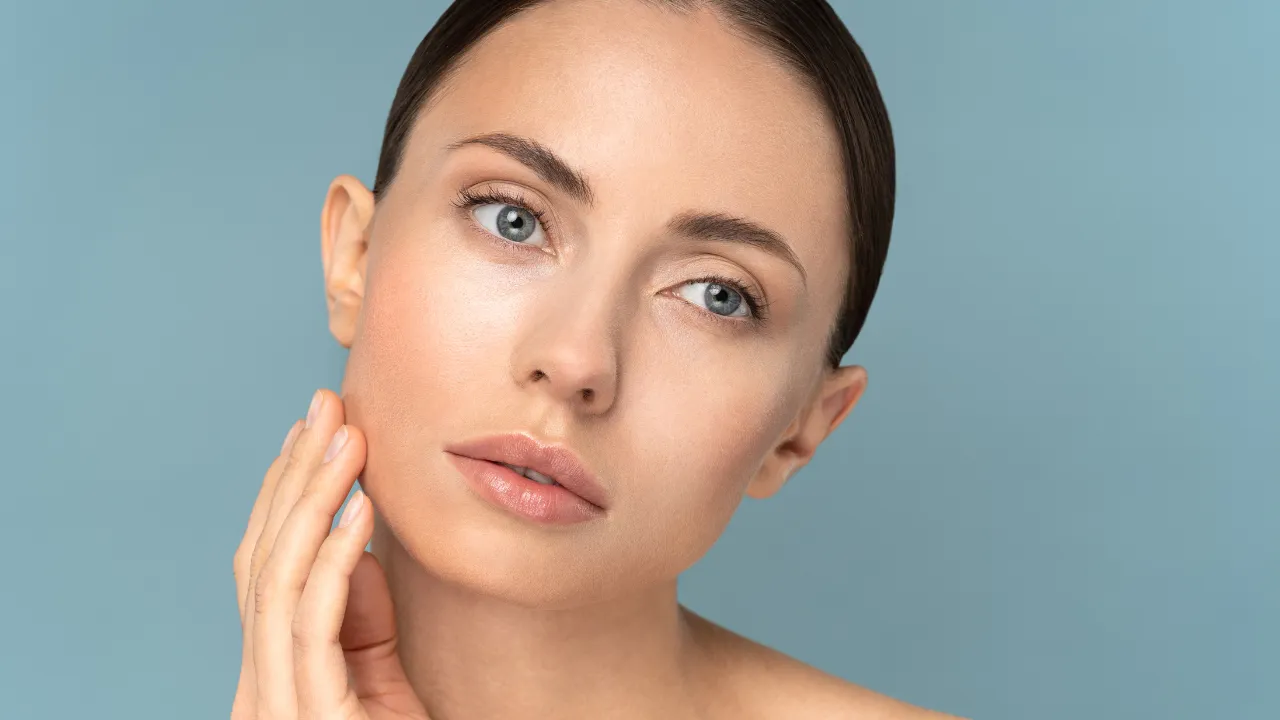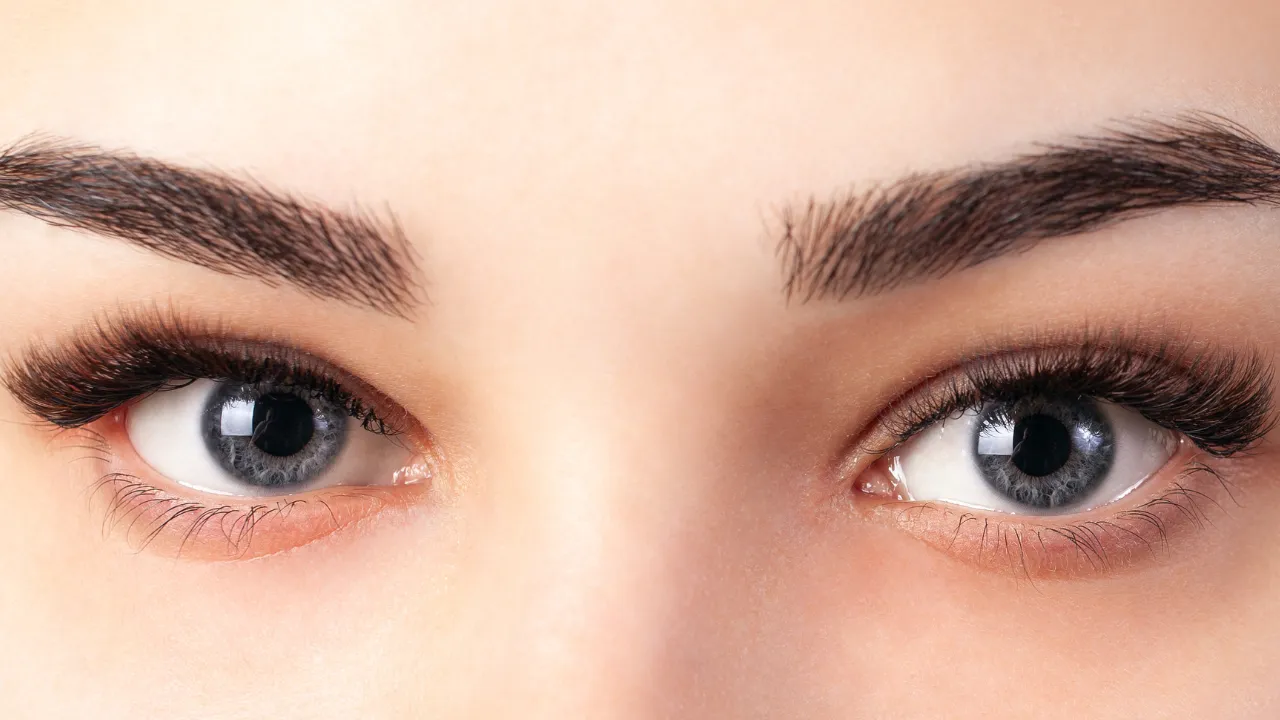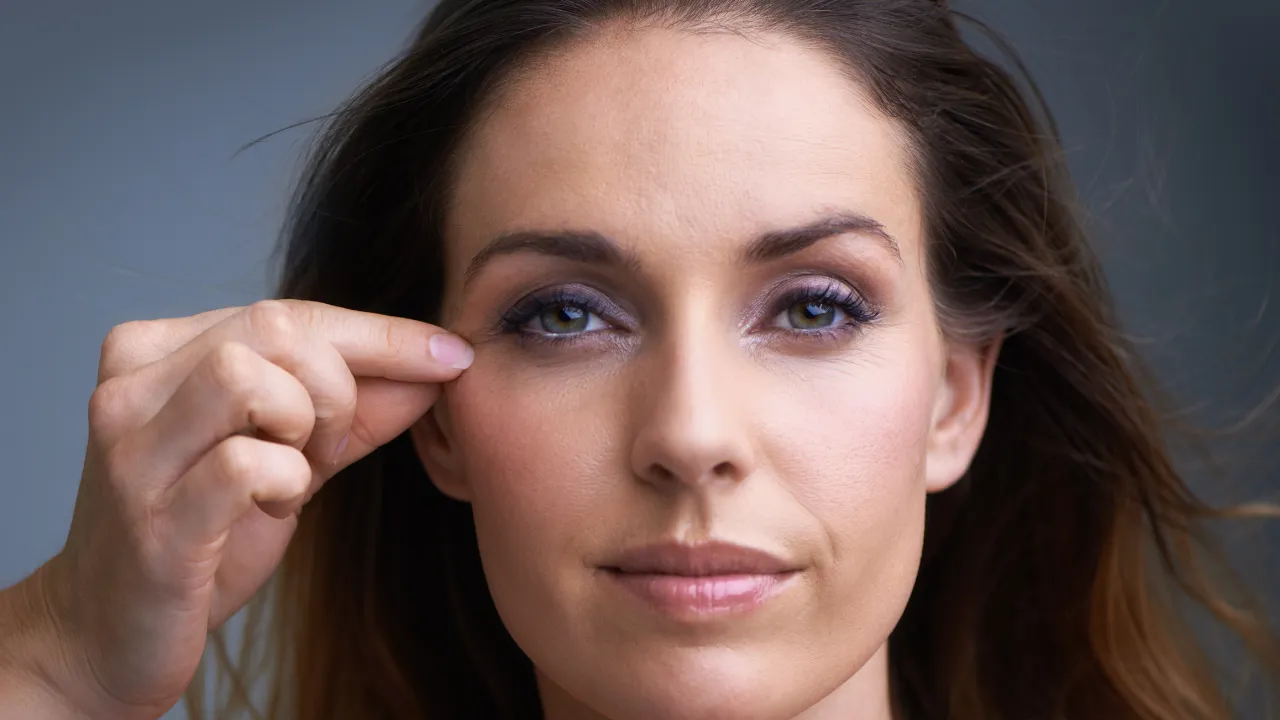Dark circles can be genetic, often caused by inherited traits like thin skin, deep tear troughs, or excess pigmentation beneath the eyes. These hereditary under-eye circles tend to run in families and appear even in people with enough sleep.
Genetics play a role, but sun exposure, aging, and lifestyle can make them worse. Treatments like brightening creams, fillers, and laser therapy help reduce the appearance of dark circles and restore a rested look.
Understanding the cause helps patients choose the most effective dark circle treatment, whether through targeted skincare, lifestyle changes, or professional procedures that safely reduce the appearance of dark circles.
Key Takeaways
- Genetic dark circles under the eyes often appear because of thin skin, deep tear troughs, or extra pigment beneath the eyes.
- Lifestyle factors like sun exposure and lack of sleep can make them worse, but are not the main cause.
- Treatments such as creams, laser therapy, fillers with hyaluronic acid, and eyelid surgery can improve the eye area.
- Dr. Joel Kopelman recommends combining daily care with professional treatments for natural, long-lasting results.
Table of Contents
ToggleUnderstanding the Difference Between Genetic and Lifestyle Dark Circles
Some people are born with inherited dark circles, while others develop them due to lifestyle habits or the natural aging process. Genetic dark circles stay consistent over time, while lifestyle-related ones fluctuate with fatigue or dehydration.
To make it simple:
- Genetic dark circles: Inherited traits like bone shape, thin under-eye skin, or specific skin tones.
- Lifestyle dark circles: Caused by tiredness, poor diet, smoking, or lack of sleep.
Knowing which type affects your eye area helps you choose the right approach for treating dark circles effectively.
What Causes Genetic Dark Circles?
Genetic dark circles form when traits passed through family history make the skin beneath the eyes thinner or darker. The skin under your eyes is delicate, so discoloration is more visible.
How Inherited Traits Affect Skin Pigmentation
People with darker skin often produce more melanin, which darkens the area beneath the eyes. These hereditary dark circles under the eyes often remain even with proper rest or hydration.
What Ethnicity Is Prone to Genetic Dark Circles
People from Mediterranean, Middle Eastern, or South Asian backgrounds commonly have darker pigmentation beneath the eyes. Genetics and ethnicity both play a role in the development of dark circles and how different skin tones react to light exposure or aging.
The Science Behind Genetic Dark Circles
Some individuals inherit thin skin that exposes blood vessels beneath the eyes. Others have deeper tear troughs or eye bags that cast shadows.
- Thin skin: Reveals darker blood flow.
- Pigmentation: Extra melanin darkens the skin under your eyes.
- Bone shape: Deep tear troughs create shadows.
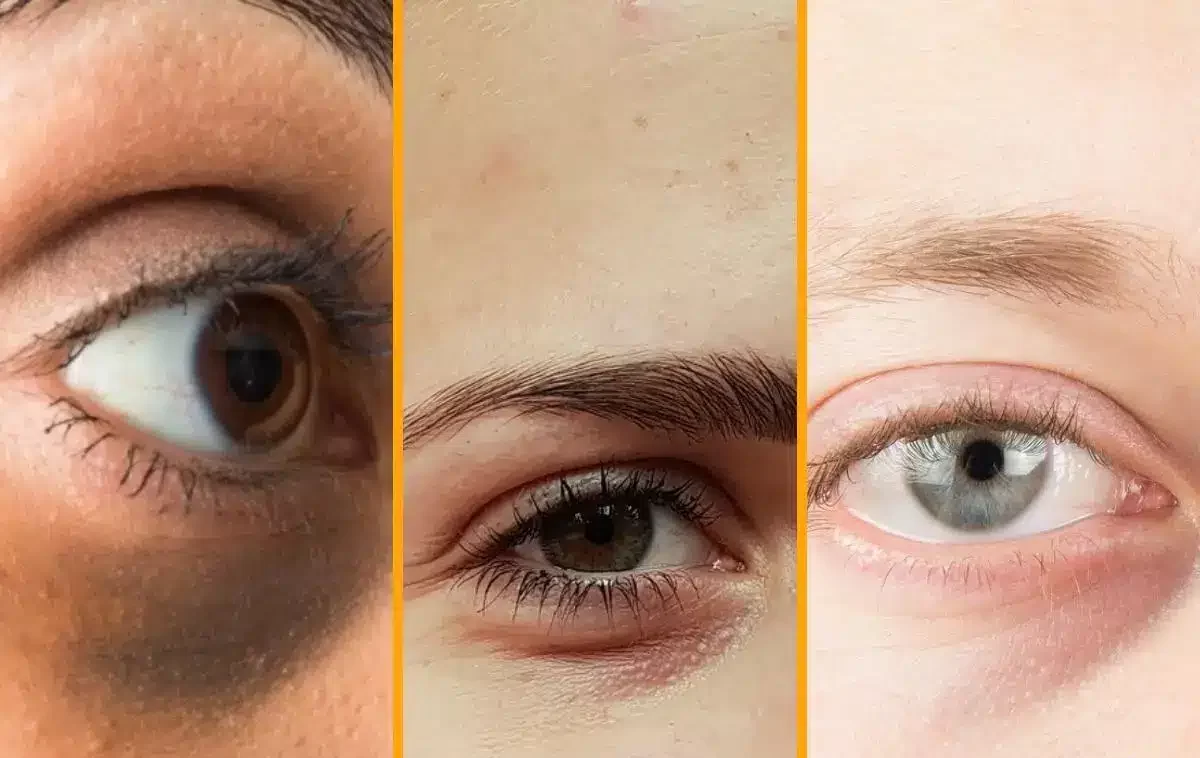
The aging process reduces fat beneath the eyes, deepening dark under-eye circles. Treatments help restore smoothness and brightness in this area.
How to Know If Dark Circles Are Hereditary
If dark circles appear early or run in your family history, they are likely inherited dark circles.
- Inherited: Start young, don’t fade with sleep, as it is caused by genetics.
- Lifestyle: Appear with fatigue or lack of sleep and often fade with rest.
Identifying the cause helps you choose the best dark circle treatment.
Treatment Options for Genetic Dark Circles
Non-surgical treatments target pigment and hydration, while procedures correct deeper causes.
- Creams with brightening ingredients improve tone and texture.
- Fillers with hyaluronic acid restore volume under the eyes.
- Laser therapy smooths and lightens discolored skin.
At Kopelman Aesthetic Surgery, Dr. Kopelman designs treatment plans that suit each patient’s unique needs and skin tones.
Natural Remedies and Skincare Solutions
Simple steps can help reduce the appearance of dark circles:
- Apply creams with vitamin C or retinol.
- Use cool compresses to reduce puffiness.
- Protect the skin under your eyes from UV rays.
Professional Treatments and Surgical Options
Dr. Kopelman offers laser therapy, fillers, and eyelid surgery to treat pigmentation, eye bags, and tear troughs. Each option is designed to restore a refreshed, youthful look.
Can Genetics and Lifestyle Both Cause Dark Circles?
Yes. Genetics define your skin and bone structure, while stress, sun exposure, or lack of sleep make those traits more noticeable. Combining healthy habits with expert care gives the best and most lasting results.
Expert Insight from Dr. Joel Kopelman
Dr. Kopelman, a board-certified facial and oculoplastic surgeon with over 35 years of experience, explains that genetics often play a larger role than most people think.
Genetic dark circles under the eyes are common but treatable. Inherited dark circles may run in families, but with proper care, rest, and consistent routines that address lack of sleep, the appearance of dark under eye circles can improve significantly. At Kopelman Aesthetic Surgery, patients receive personalized care that restores confidence and keeps the skin under your eyes healthy across all skin tones.
Kopelman Aesthetic Surgery focuses on expert evaluation and safe, long-term outcomes. Each treatment plan addresses tear troughs, eye bags, hereditary under-eye circles, and pigmentation to create a bright, natural look. Schedule a consultation with Dr. Joel Kopelman for personalized care.

